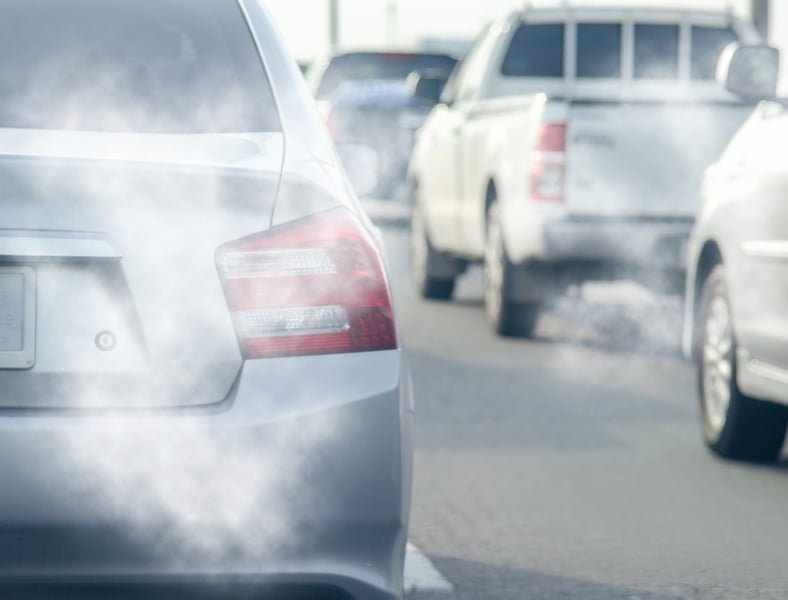2025 Holiday Hours
Closed: Nov 27 (Thu), Nov 30 (Sun), Dec 25 (Thu), Jan 1 (Thu)
Open: Nov 28 (Fri) 9am–6pm, Nov 29 (Sat) 9am–1pm, Dec 24 (Wed) 9am–2pm, Dec 31 (Wed) 9am–4pm
Recursos del Paciente
Manténgase sano!
Car Exhaust Could Harm a Woman's Pregnancy
- October 16, 2023
- Cara Murez
- HealthDay Reporter

Air pollution from heavy traffic may be driving pregnancy complications and health concerns for infants.
Researchers who matched more than 60,000 birth records with air-monitoring data found that pregnant patients living in an urban area with elevated levels of nitrogen dioxide had higher rates of preterm birth.
This included delivery before 28 weeks, according to the study from UT Southwestern Medical Center in Dallas. The researchers also saw increases in admission to the neonatal intensive care unit (NICU), infant respiratory issues and other adverse outcomes.
Nitrogen dioxide is a major component of motor vehicle exhaust.
"These findings suggest that air pollution from heavy traffic is a significant threat to pregnant individuals as well as to their child's health after delivery,"lead researcher Dr. David Nelson, chief of obstetrics and gynecology, said in a UT Southwestern news release.
"The relationship between air pollution exposure and childhood and adult respiratory conditions is well established, but this study is novel in identifying consequences to the perinatal population,"Nelson noted.
The study results showed an association between air pollution levels and preterm birth, but do not prove cause and effect.
The study included patients in the Dallas metro area who gave birth between January 2013 and December 2021 at Parkland Memorial Hospital.
The investigators compared data from the U.S. Environmental Protection Agency (EPA) Air Quality System database with pregnancy outcomes for patients living within 10 miles of an air monitoring station.
The team calculated the average exposure to nitrogen dioxide for individual patients by trimester, and then assessed the effect.
Higher levels of nitrogen dioxide exposure throughout pregnancy were significantly associated with preterm births, including spontaneous preterm births, as well as an increase in NICU admissions and low birth weight, the findings showed.
The researchers saw other troublesome links, including higher rates of respiratory diagnosis, respiratory support and sepsis evaluation for newborns.
The chances for preterm birth at less than 28 weeks' gestation were eight times higher for pregnancies exposed to the highest air pollution levels compared to those with the lowest.
"It is challenging to say how much exposure to nitrogen dioxide is too much, but it's important to note that many of the patients in our study experienced clinical impacts from exposure to nitrogen dioxide levels that were within EPA's allowable limits,"Nelson said.
"Pregnant patients in urban, high-traffic areas may hold jobs or have other responsibilities that make it difficult to minimize their exposure, and they often are already at higher risk of adverse perinatal outcomes given the other social obstacles they face," he added. "These findings further highlight how the environment may impact maternal-child health."
The study was published in the October issue of the American Journal of Obstetrics & Gynecology.
More information
The U.S. Centers for Disease Control and Prevention has more on preterm birth.
SOURCE: UT Southwestern, news release, Oct. 12, 2023

